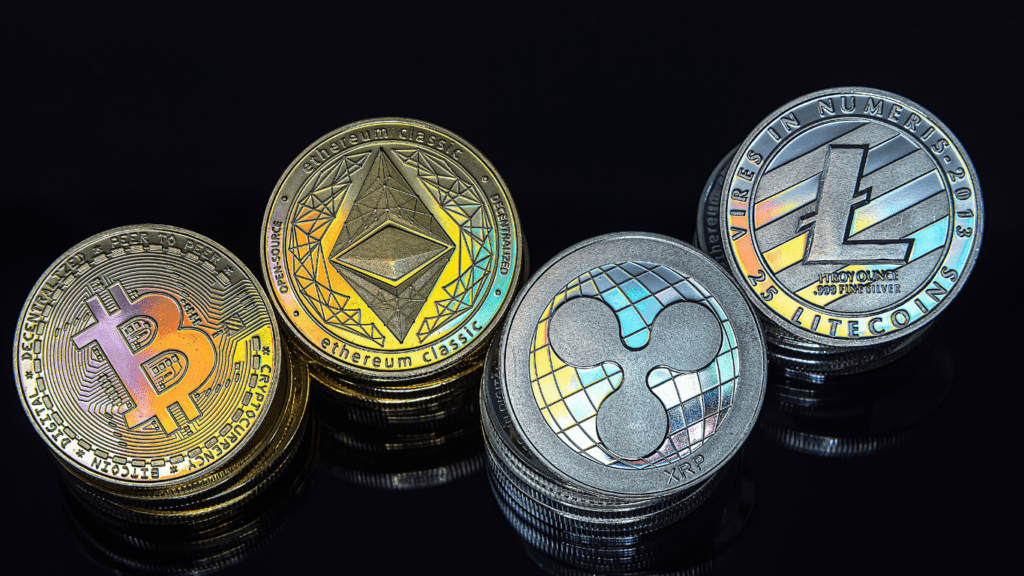Investing in cryptocurrency can feel overwhelming, especially with all the buzzwords and complex concepts floating around. One term that keeps popping up is “tokenomics,” and understanding it can make a world of difference in making smarter investment decisions. It’s not just a fancy word—it’s the backbone of any crypto project’s success.
What Is Tokenomics?
Tokenomics refers to the economic framework and mechanics behind cryptocurrencies. It analyzes how tokens function, their design, and their role in the broader blockchain ecosystem.
Core Concepts of Tokenomics
Tokenomics covers token supply, allocation, and inflationary or deflationary mechanisms. For example, Bitcoin has a fixed supply of 21 million tokens, preventing inflation. It also examines utility, determining whether the token powers transactions, governance, or staking within its ecosystem. Network effects, such as user growth, further influence a token’s value and adoption. Token distribution, including Initial Coin Offerings (ICOs) or pre-mined tokens, significantly impacts the early perception and spread of a cryptocurrency.
Importance in Cryptocurrency Investment
Applying tokenomics helps evaluate a crypto project’s sustainability and growth potential. For instance, tokens with finite supply and high utility often create scarcity, driving demand. Detailed analysis of token allocation reveals red flags, like disproportionate shares for developers or early investors. The token’s role in driving user engagement and retaining liquidity helps analyze a project’s long-term viability, guiding smarter investment decisions.
Key Components of Tokenomics
Tokenomics breaks down into core components that impact a token’s value, adoption, and sustainability. Understanding these elements helps in evaluating potential crypto investments.
Token Supply and Distribution
- Token supply defines the total number of tokens created and those circulating in the market.
- Fixed-supply tokens, like Bitcoin (capped at 21 million), create scarcity, potentially driving value.
- Distribution examines how tokens are allocated among developers, investors, and the community.
- Unequal allocations, such as developers holding a large percentage, may signal centralization risks that hurt long-term growth.
Utility and Function
Utility refers to the token’s purpose within its ecosystem. Some tokens enable transactions (e.g., Ether for gas fees), while others provide governance rights or staking rewards. Tokens that offer multiple use cases within high-usage networks generally see stronger demand. For example, Chainlink (LINK) powers decentralized oracles while also being staked by node operators, enhancing its functional value.
Governance Mechanisms
Governance mechanisms determine how decision-making occurs within a blockchain project. Decentralized projects often use governance tokens to allow holders to propose and vote on updates, fostering community-driven development. Examples like Uniswap’s UNI or MakerDAO’s MKR rely on token-based governance to balance decentralized control with innovation. Projects without robust governance systems risk stagnation or improper changes.
Benefits of Understanding Tokenomics

Understanding tokenomics enables me to analyze cryptocurrency projects effectively, improving my ability to invest confidently. By examining a token’s structure and economics, I can uncover valuable insights that guide smarter financial decisions.
Making Informed Investment Decisions
I utilize tokenomics to evaluate a token’s supply, demand, and utility, ensuring I focus on well-structured projects. For example, assessing the allocation of tokens helps me determine if the project avoids centralization or potential market manipulation. Token utility, such as governance or staking, signals real-world applications, which I rely on to gauge a token’s functionality within its ecosystem.
Identifying Long-Term Potential
Understanding tokenomics helps me identify projects with sustainable growth opportunities. For instance, fixed-supply tokens like Bitcoin promote scarcity, increasing value over time. I review inflationary or deflationary mechanisms to predict price stability, ensuring I target tokens that align with long-term adoption trends and increasing user bases.
Risk Management in Cryptocurrency
Tokenomics offers me tools for managing risks in volatile markets. When I analyze token allocations, I can spot warning signs, such as heavy concentrations in developer wallets, which might lead to price instability. Studying a project’s incentives, such as staking rewards or liquidity mechanisms, clarifies its ability to retain users and sustain value during downturns.
Popular Applications of Tokenomics
Tokenomics plays a key role in shaping various segments of the cryptocurrency market. Its design principles can be observed across sectors like:
- decentralized finance
- non-fungible tokens
- stablecoins
Decentralized Finance (DeFi)
DeFi platforms rely on tokenomics for liquidity, incentives, and governance mechanisms. Tokens often serve multiple purposes, such as providing rewards for liquidity providers or granting voting rights for protocol upgrades. For example, Uniswap’s UNI token allows holders to influence changes within its ecosystem. Properly designed tokenomics encourage broad participation, ensuring network growth and stability.
Non-Fungible Tokens (NFTs)
NFTs use tokenomics to establish scarcity, ownership, and value. Smart contracts dictate the issuance and transfer of these unique tokens, with limited supply often driving demand. Popular marketplaces like OpenSea validate the transparency of these systems. Royalties integrated into an NFT’s tokenomics ensure creators earn ongoing revenue, incentivizing more innovation in the digital asset space.
Stablecoins and Their Role
Stablecoins apply specific tokenomics to maintain value stability, pegged to assets like fiat currency or commodities. Mechanisms such as collateralization (USDC) or algorithmic adjustments (DAI) ensure price consistency. These tokens are pivotal for trading, remittances, and payment systems, offering reliability in an otherwise volatile crypto market.


 Crypto Trends Reporter
Crypto Trends Reporter

